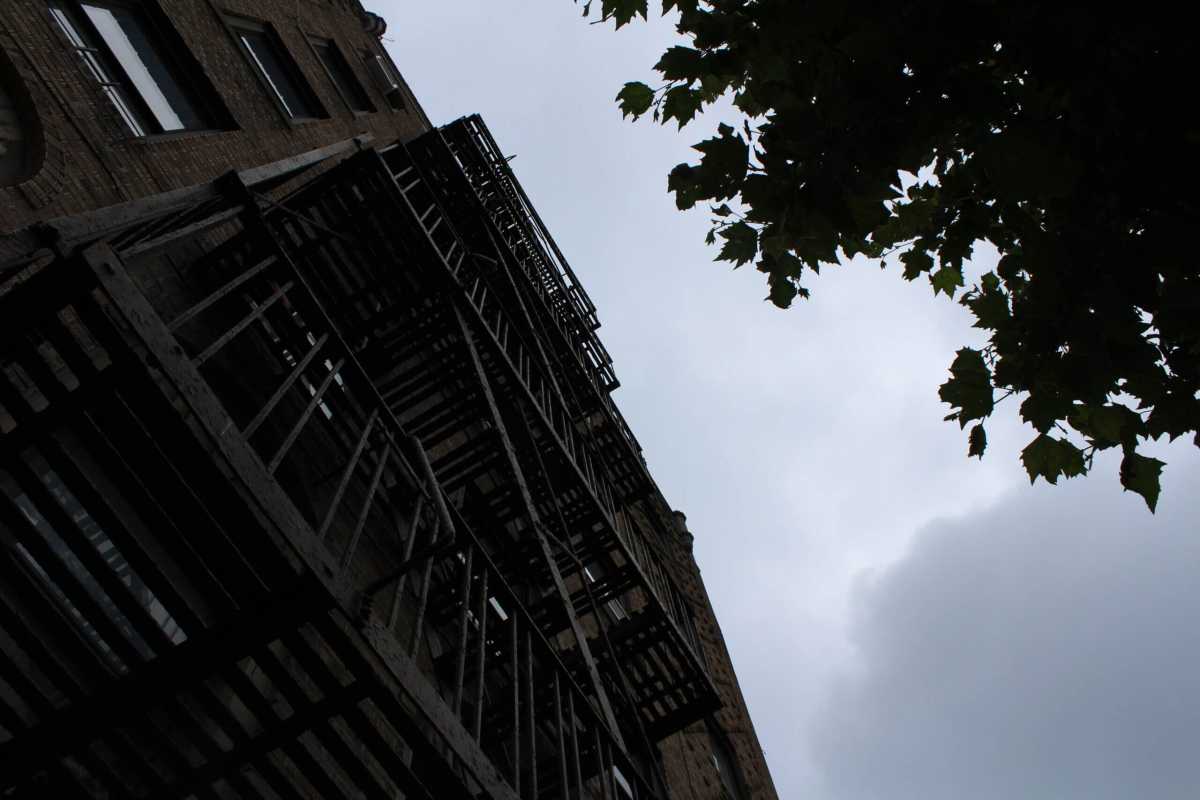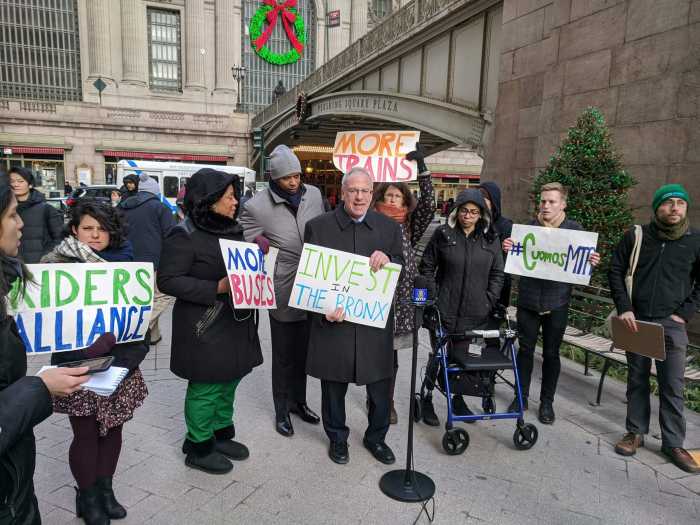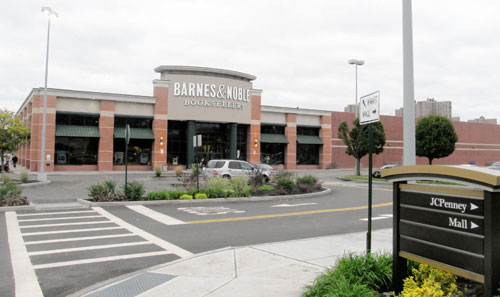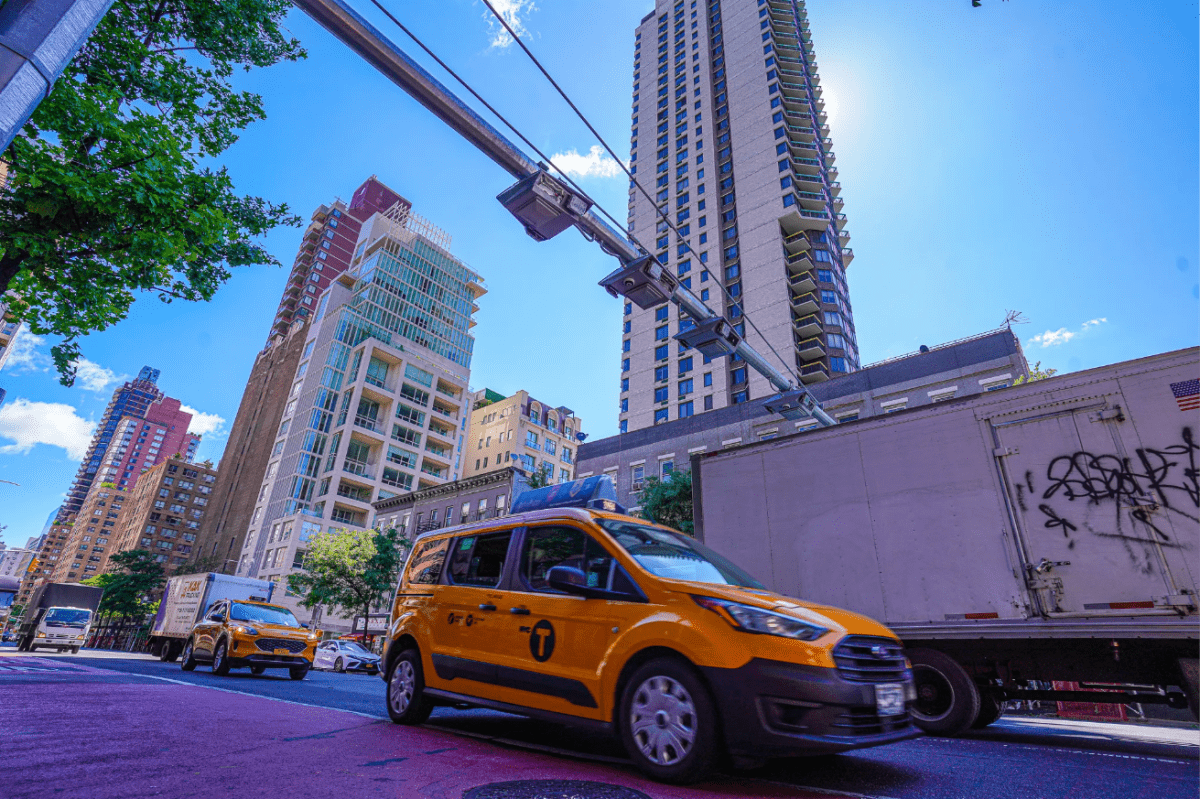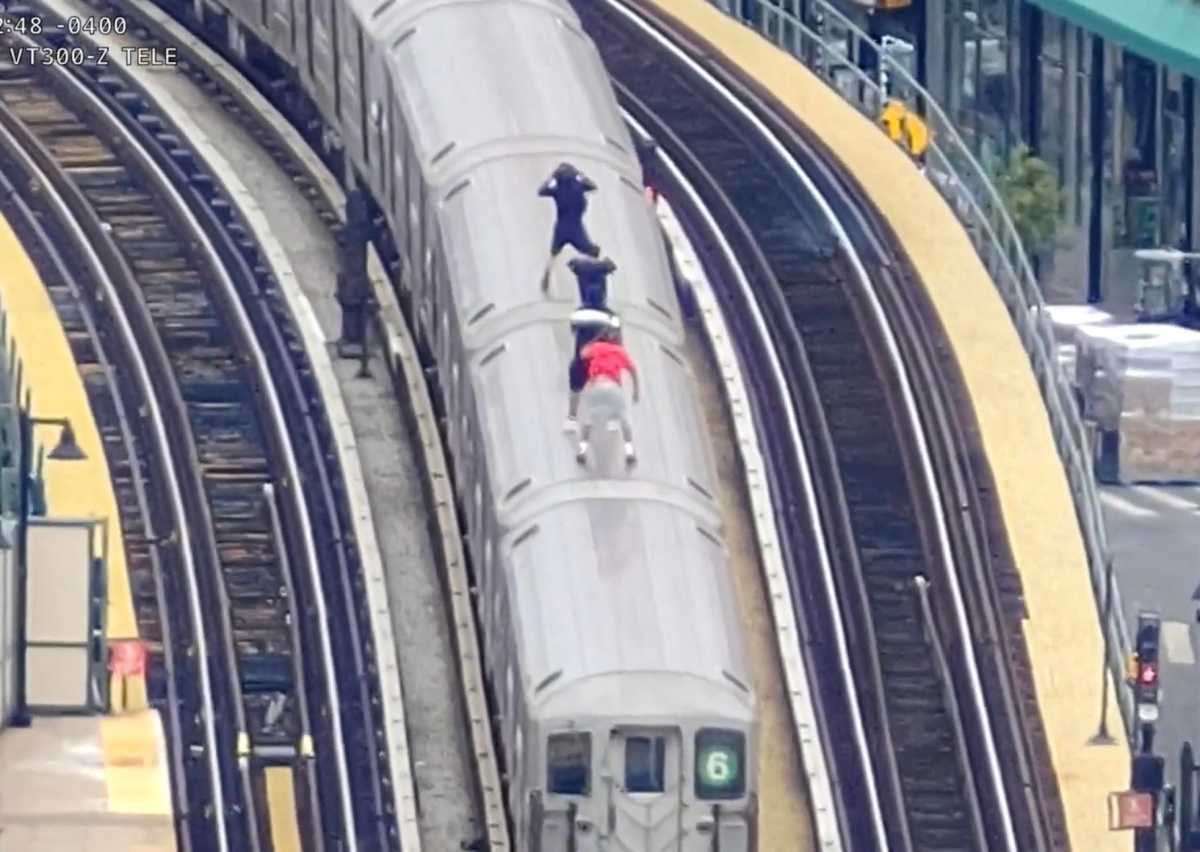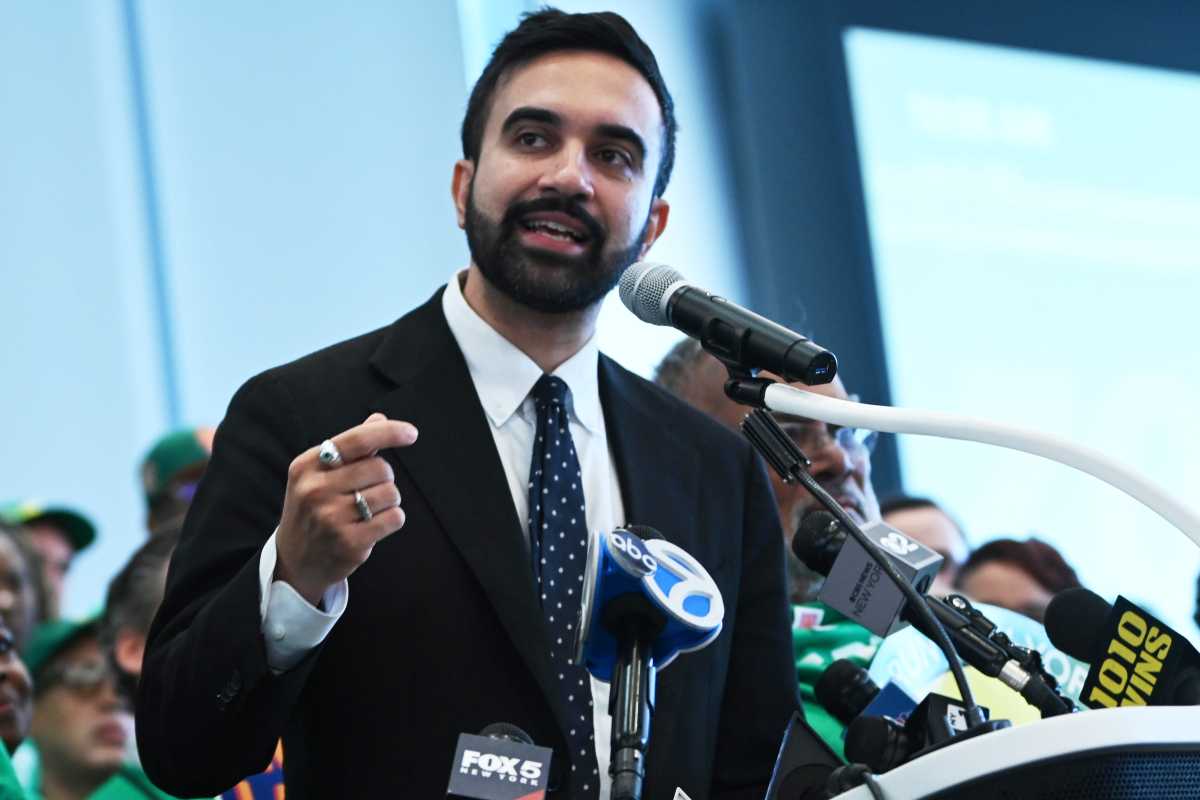The New York City Rent Guidelines Board is currently debating rent adjustments that will impact approximately one million apartments in New York City. There are a host of elected officials calling on the board to ignore the data and advance a rent freeze or inadequate increase simply to gain political points in an election year. What these elected officials should be doing is taking action to prevent rising operating costs in rent-stabilized buildings. One place they could start is with insurance costs.
Over the past decade, insurance costs have more than doubled for pre-war rent-stabilized buildings outside of the core of Manhattan. This subsect makes up the vast majority of the city’s affordable housing stock. Ten years ago, the average apartment in this category paid $38 a month in insurance costs. Fast forward to today, and it is estimated that these same buildings pay $80 a month on insurance per apartment.
Skyrocketing insurance costs significantly impact all buildings, but are the highest in the Bronx. According to the Rent Guidelines Board’s recent Income & Expense Study, insurance costs for buildings built before 1974 were 19% higher in the Bronx than the rest of the city, including Manhattan, in 2021. An analysis of tax filings by the Community Housing Improvement Program (CHIP) found the situation even more dire in 2022.
CHIP reviewed the data for 100% rent-regulated buildings without elevators and stores, with the average building having approximately 30 apartments. In 2022, insurance costs in the Bronx were 24.2% higher than similar buildings in Manhattan, 42.8% higher than Brooklyn and 48.4% higher than Queens.
Additionally, we found Bronx insurance costs had risen an average of $23 from the 2021 figures calculated by the Rent Guidelines Board. In 2021, they were an average of $89 per unit, per month, and rose to $112 in 2022. Approximately 8.8% of an average rent check in the Bronx was spent on insurance costs, a notable increase from the 8.1% calculated by the Rent Guidelines Board in 2021.
The situation is not going to get better any time soon. The National Multifamily Housing Council released its Multifamily Risk Survey and Report last week showing that property insurance costs are 26% higher than they were last year across the country.
The Bronx is home to some of New York City’s oldest apartment buildings. The rents are lower than the rest of the city. Yet, the expenses to run these buildings are not that different from the rest of the city, and are catching up quickly. While increasing insurance costs are concerning, the continued growth of property taxes – the largest expense for any building – is perhaps an even bigger concern. New York City raised the property tax assessments by more than 10% in the Bronx this year.
It may be good politics for elected officials to protest the Rent Guidelines Board for rent freezes, but it should not excuse them from refusing to use the power they actually have to try and help renters and housing providers. Political pandering does not lower operating costs or help maintain buildings.
Some things elected officials could do include proposing a statewide insurance program for affordable housing, which would massively reduce costs. They could also launch oversight hearings into the practices of insurance companies to try and figure out why buildings in lower income neighborhoods are seeing significantly higher insurance costs.
Unfortunately, none of this is happening. Older rent-stabilized buildings are being systematically defunded due to rising costs – insurance costs are just the most egregious example. If the city truly cared about renters, and cared about preserving rent-stabilized housing, they will start pulling their weight by advancing policies that will reduce operating costs.
Until they do, we will continue to see apartment buildings deteriorate and rents increase.
Adam Roberts is the policy director for the Community Housing Improvement Program.
For more coverage, follow us on Twitter, Facebook and Instagram @bronxtimes

